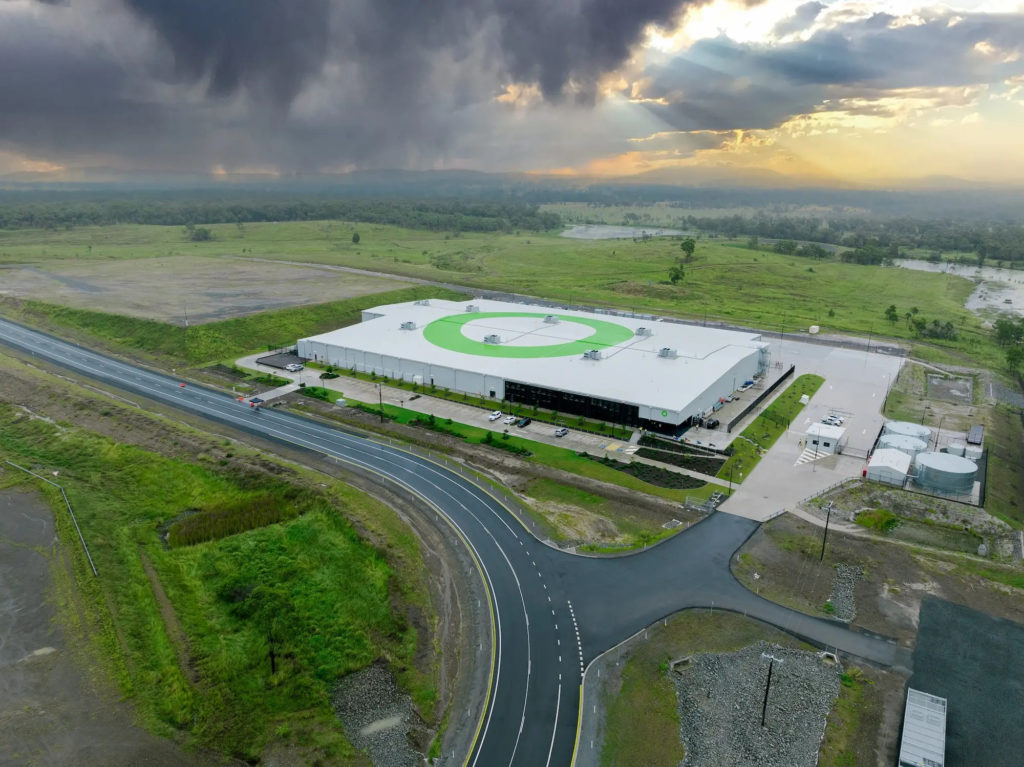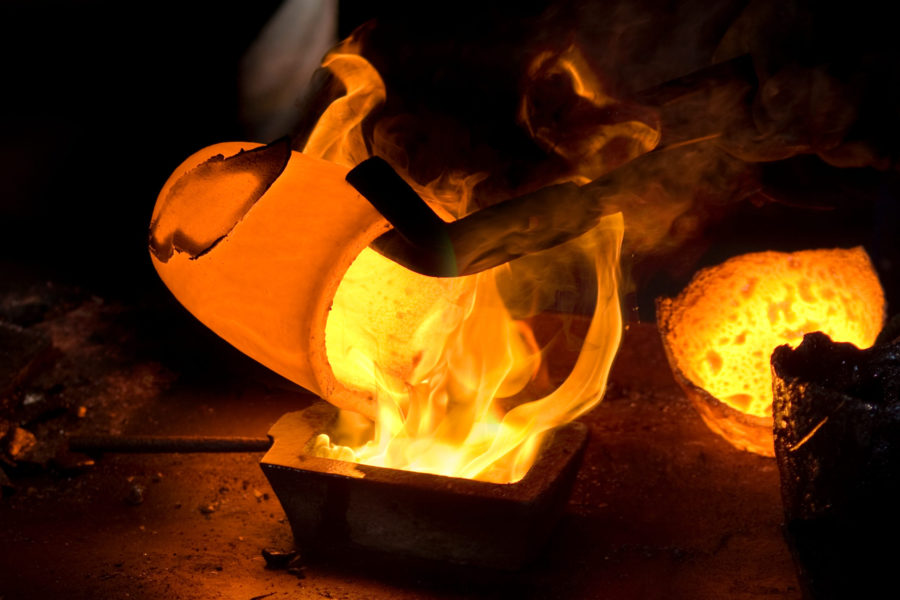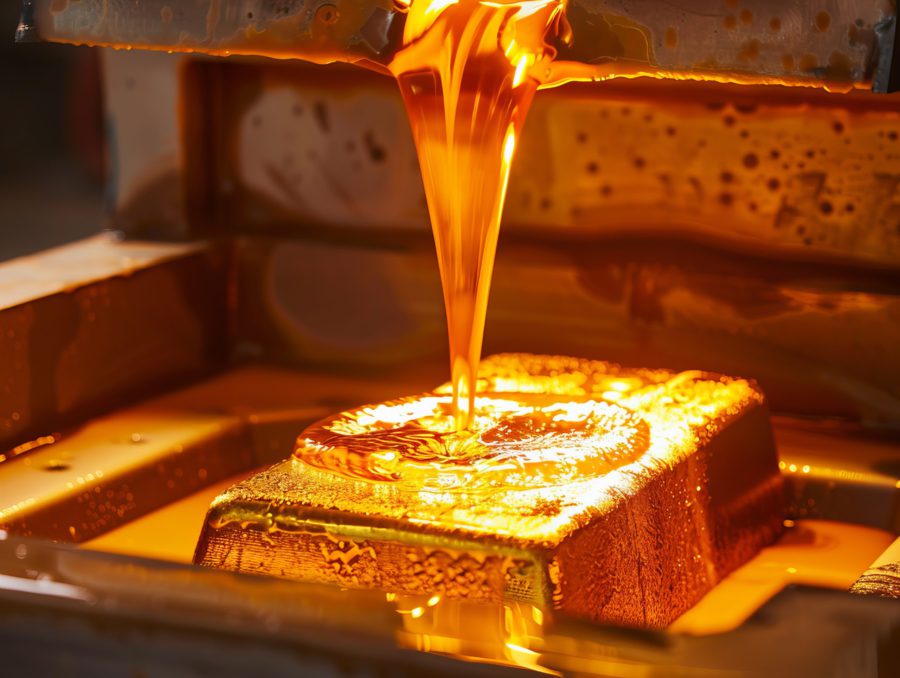Fortescue Energy CEO says green hydrogen cost is key as demand drops

Replacing fossil fuels with green hydrogen depends on creating demand by making it price competitive, as buyers are unwilling to pay “green premiums”, Fortescue Energy CEO Mark Hutchinson told Reuters in Davos.
Green hydrogen is created by splitting water into hydrogen and oxygen using renewable electricity. It can then be used as a power source itself or to make carbon-free ammonia, a major ingredient in agricultural fertilizers.
Electrolyzers that split hydrogen are costly, and government subsidies to reduce these costs for companies have not come through as they were expected to, Hutchinson told the Reuters Global Markets Forum.
“(The) green hydrogen, ammonia (sector) is not where we thought it would be,” the CEO said on the sidelines of the World Economic Forum’s annual meeting in the Swiss resort on Thursday.
“The demand hasn’t emerged in the way it should, (but) over the next few years we’re hoping demand will (rise) as prices come down,” he said.
“If you’re waiting for someone to pay you extra because it’s green, forget it … at the end of the day, the economics have to work,” he added.
Fortescue Energy, the green energy arm of Australian iron ore miner Fortescue, said in July that it was unlikely to meet its target of producing 15 million metric tons of green hydrogen by 2030.
A backlash against environmental-driven business decisions has been compounded by Donald Trump’s return to the White House, with the US president declaring an energy emergency and rolling back green policies shortly after taking office.
Hutchinson said a push for green energy could take a back seat during Trump’s term, but it is up to the industry to make it an economic discussion, not just “about saving the planet”.
However, the company’s focus on “green iron” has risen significantly over the past year, despite the demand worries.
Green iron is produced by reducing iron ore using hydrogen gas, which is then converted into steel in an electric arc furnace.
The production of steel, a key material for infrastructure and the net-zero energy transition, currently contributes around 8% of global carbon emissions.
Hutchinson said final investment approvals were still pending for green hydrogen projects in Norway and Brazil, originally due in 2023, with Fortescue Energy waiting to bring in more investors.
(By Divya Chowdhury and Lisa Mattackal; Editing by Richard Chang and Alexander Smith)
More News
Gold-trading frenzy erupts in China as tensions with US escalate
April 14, 2025 | 08:01 am
Copper prices climb as traders welcome tariff reprieve
April 14, 2025 | 07:44 am
{{ commodity.name }}
{{ post.title }}
{{ post.date }}




Comments